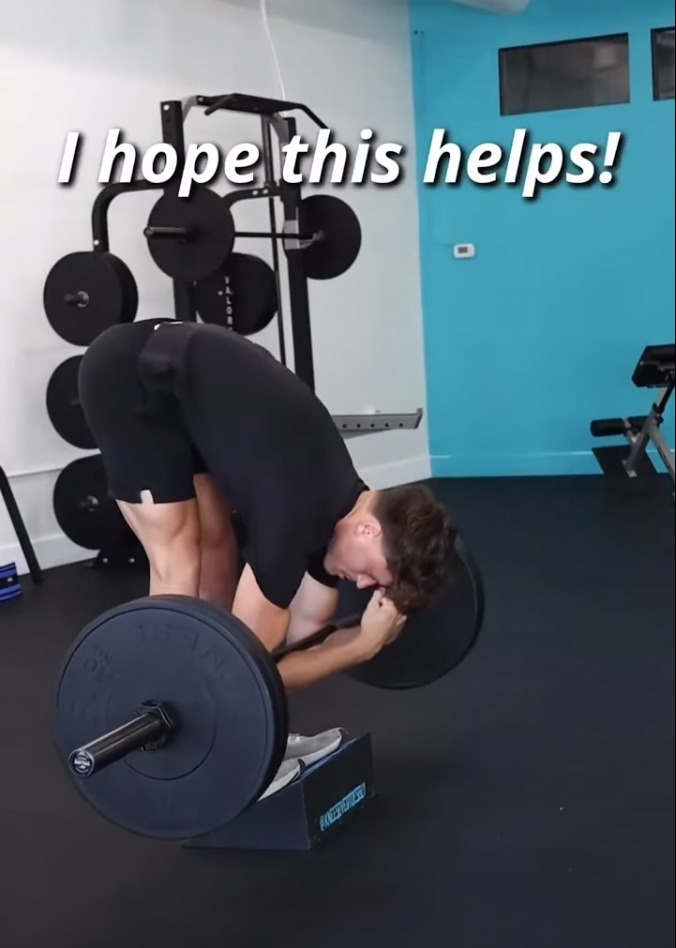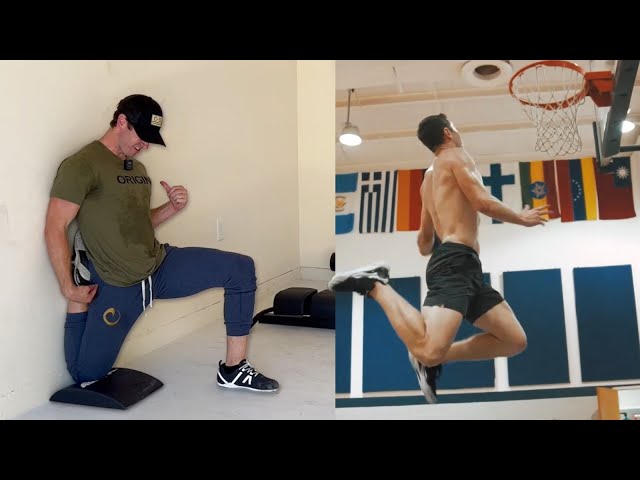
Unlocking Knee Health with Knee Strengthening Exercises: A Comprehensive Guide
Backward walking is a powerful but often overlooked fitness exercise that can significantly impact muscle development and connective tissue health. This method, based on 1970s research, challenges the conventional wisdom that having your knees over your toes is harmful. Let’s go over the advantages of backward walking as well as how deep split squats, particularly with an elevated front foot, can be a game changer in terms of knee health.
Understanding the Mechanics
According to 1970s research, when the knee is over the toes, there is more pressure on it. This pressure, particularly during activities such as descending stairs, is linked to an increased risk of falling, particularly in the elderly. Knee strengthening exercises emerge as a safer option. It not only relieves pressure on the knee, but it has also been linked to increased stability, which is important in preventing falls.
Backward walking is a promising solution for those who find descending stairs painful. Individuals can improve strength and circulation by incorporating this exercise for 5 to 10 minutes. This is especially beneficial for healing because an increased blood supply helps deliver essential nutrients to joints. Scaling the intensity of the exercise to an individual’s level allows for the transition from discomfort to pain-free movement.
The Deep Split Squat as a Healing Journey
Knee Strengthening Exercises like the deep split squat, especially with an elevated front foot, are an effective way to achieve motion and compression. The production of synovial fluid, a natural lubricant for joints, requires these exercises. The gradual inclusion of this exercise into one’s routine is a long-term investment in muscular strength, flexibility, and connective tissue harmony.
Connective tissue, our bodies’ structural framework, is critical to muscle support. The deep split squat, with its emphasis on motion and compression, can help to fortify this connective tissue. This was a game-changer for the system’s creator, resulting in a significant reduction in knee pain and a decade-long return to sports without setbacks.
Practical Application and Gradual Progression
The journey begins with a simple yet powerful recommendation: elevate the front foot during a deep split squat. This allows individuals to adapt and gradually build motion and compression in the knee joint. The goal is to achieve 25 pain-free repetitions with the heel elevated, focusing on letting connective tissue catch up to the muscle.
Interestingly, the creator argues that this exercise, requiring no equipment, surpasses the efficacy of expensive leg machines in gyms. The emphasis is not on dismissing other methods but on highlighting the accessibility and effectiveness of a minimalist approach.
Transitioning to Advanced Levels of Knee Strengthening Exercises
As people progress, the article suggests lowering the heel for more flexibility, targeting the inner thighs, and strengthening the glutes. The use of a slant board can help with loading, transitioning from assistance to dumbbells, and, eventually, barbell exercises. The creator claims that this nuanced progression achieves a balance between muscle development and connective tissue strength.
Recognising the potential challenges of implementing this system in a gym setting, the article assures readers that a stairwell is an excellent alternative. Having a positive mindset is important; personalised elevation and load adjustment and seeking form coaching are highlighted as critical elements for optimal results.
Incorporating Tools for Enhanced Results
The article introduces floss bands as a supplemental tool, particularly for those experiencing severe pain and limited time. While not a part of the creator’s personal journey, floss bands are presented as a valuable treatment option to improve joint flexibility and provide a massage-like effect. The emphasis is on occasional use rather than regular reliance.
Expanding the Scope: Knee Strengthening Exercises
Beyond deep split squats, the article delves into the utility of backward walking. For those who are uncomfortable with traditional backward walking due to balance concerns, it suggests using a treadmill with resistance or a sled. Furthermore, for those who have access to a pool, walking backward at a waiting depth is a low-impact but effective method.
These alternatives’ affordability and accessibility contrast with gym treadmills’ high cost and limited flexibility. With dedication and creativity, these alternatives can provide comparable or even superior results.
Acknowledging the Community and Expressing Gratitude
Knee Strengthening Exercises are vital for knee strength and mobility. The involvement of the community is lauded, and the article serves as both an educational resource and a testament to the growing acceptance of a system that challenges conventional fitness wisdom.

